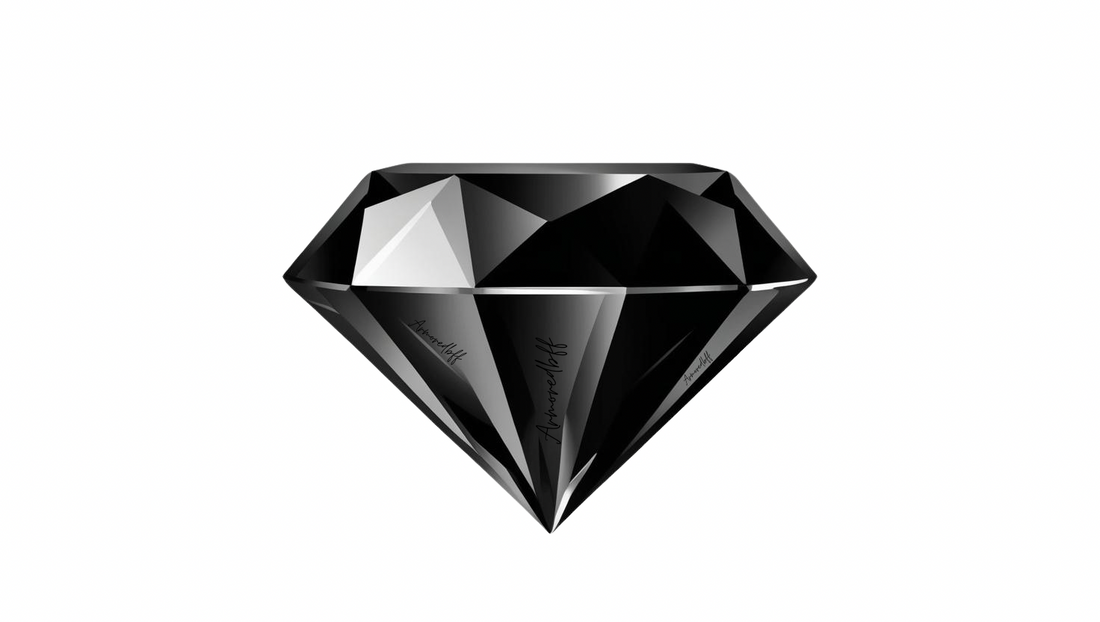
Backdrop Necklaces
Backdrop necklaces, also known as "back necklaces" or "backdrop chains," are a distinctive type of jewelry that drapes elegantly down the back, often attached to a necklace or a pendant worn at the front. These necklaces are known for their unique design that features a chain, pendant, or ornament that hangs down to the back of the wearer, drawing attention to the back and shoulders. Here's a brief history of backdrop necklaces and how they've evolved over time:
Ancient and Medieval Origins
The idea of decorating the back likely originates from ancient civilizations, though the term "backdrop necklace" wasn't coined until much later. In ancient Egypt and Greece, jewelry was worn to highlight the beauty of the human form, often including adornments for the neck, shoulders, and chest. Though back-specific necklaces weren't common, jewelry like chain necklaces and body chains did accentuate the torso and could, in some instances, create a similar effect of highlighting the back.
The Renaissance and Baroque Periods
During the Renaissance and Baroque periods, jewelry became increasingly elaborate. Necklaces often featured long chains or strings of pearls that could drape down the back, especially when worn with low-cut dresses or gowns. While this wasn't yet the modern "backdrop necklace," the aesthetic of drawing attention to the back of the wearer started to emerge. Wealthy women would wear ornate necklaces or pearls that extended down their back, complementing the fashion trends of open-backed gowns.
Early 20th Century: Hollywood Glamour
The term "backdrop necklace" really came into play in the early 20th century, particularly during the 1920s and 1930s, when Hollywood's glamour and influence on fashion soared. Actresses like Clara Bow, Jean Harlow, and later, Elizabeth Taylor, often wore dresses with low or open backs, and jewelry designs evolved to complement these styles. The backdrop necklace, which typically features a long, delicate chain with a pendant or multiple chains extending down the back, became a symbol of sophistication and allure.
These pieces were often worn with evening gowns, particularly for formal events like galas and balls, and were considered a way to emphasize a woman’s graceful posture and elegance. The backdrop necklace became iconic in high society, particularly in the 1920s Art Deco period, which emphasized geometric shapes, symmetrical designs, and luxury.
Mid-20th Century to Modern Day
In the mid-20th century, the trend of wearing backdrop necklaces continued to evolve. The design became more intricate, incorporating gemstones, diamonds, and precious metals. These necklaces began to be associated with high-end fashion, particularly in the context of bridal wear. Brides looking for something special and unique started opting for back necklaces, which could transform a simple wedding dress into something extraordinary.
In modern fashion, backdrop necklaces have made a comeback as part of the trend for body jewelry and layering styles. With more open-back dresses becoming popular, particularly in cocktail dresses, evening gowns, and bridal fashion, these necklaces are now seen as a stunning and contemporary way to accessorize.
Design Features of a Backdrop Necklace
Typically, a backdrop necklace consists of the following elements:
-
A Front Necklace or Chain: This is usually a simple, short chain or choker that rests around the neck.
-
A Pendant or Decorative Element: A pendant may be attached to the front chain, which could be a gemstone, a medallion, or a delicate ornament.
-
The Back Chain or Drop: This part of the design extends down the back and may consist of one or multiple chains. It is often adorned with additional decorative elements, like gemstones or small pendants, to create a cascading effect that drapes elegantly along the spine.
Popularity Today
Backdrop necklaces have seen a resurgence in modern jewelry trends, particularly in bridal fashion, but they're also making appearances in celebrity wardrobes and red-carpet events. Celebrities like Jennifer Lopez, Kim Kardashian, and Beyonce have been spotted wearing backdrop necklaces, showcasing their versatility in both formal and casual settings. The modern backdrop necklace often has a minimalist or boho twist, with simple chains or delicate elements designed to add an understated elegance to an outfit.
Conclusion
The backdrop necklace, from its subtle origins in ancient jewelry to its heyday in Hollywood glamour and modern-day reinvention, continues to be a symbol of sophistication, elegance, and bold style. Whether worn at a formal event, as part of bridal fashion, or to create a statement at a casual outing, the backdrop necklace remains an enduring piece of jewelry history.
